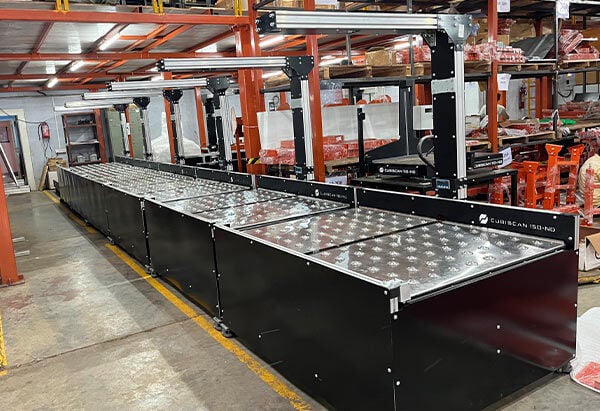Avoidable Shipping Risks: Shipping Protection with FreightPOP
In the fast-paced world of eCommerce, shipping issues can make or break customer satisfaction. According to a recent "Future of Shipping Report" by...
1 min read
FreightPOP : Aug 26, 2025
.png)
Modern supply chains are more complex than ever. Rising transportation costs, unpredictable disruptions, and growing sustainability demands make it difficult for logistics teams to operate efficiently without digital tools. That’s where logistics optimization software comes in. By combining AI, automation, and real-time visibility, this technology helps shippers and 3PLs reduce costs, streamline operations, and deliver better service.
Logistics optimization software refers to digital platforms designed to make freight, routing, and warehouse operations more efficient. Instead of relying on manual planning or static spreadsheets, businesses can use these systems to analyze data, forecast demand, optimize carrier selection, and even automate invoice auditing. The result is faster decision-making, fewer errors, and stronger cost control across the supply chain.
Companies invest in optimization software because the return is immediate and measurable. The most common benefits include:
Lower transportation costs through route planning and dynamic carrier comparisons.
Time savings from automating repetitive manual tasks like scheduling, data entry, or auditing.
Improved visibility into shipments, with real-time updates and alerts.
Sustainability gains, as AI-driven planning reduces empty miles and fuel consumption.
For many shippers, these improvements translate into six- or seven-figure savings per year.
The best logistics optimization platforms share several capabilities. Advanced route planning tools factor in fuel costs, traffic, and service levels to create the most efficient shipping plan possible. Shipment tracking and dispatch visibility allow operations teams to respond to exceptions quickly. Analytics and reporting modules give leadership a clear view of performance trends, while invoice audit and payment features ensure accuracy and prevent costly overcharges.
More modern systems also include AI forecasting, which predicts demand and capacity needs weeks or months ahead. By combining automation with predictive insights, businesses gain agility in managing both day-to-day shipments and long-term strategy.
Not all optimization tools are created equal. Businesses should look for platforms that scale with their growth, integrate easily with existing ERP or TMS systems, and provide configurability for unique workflows. Vendor support and training are just as important as features, since successful adoption depends on how well teams can use the software in real-world scenarios.
In 2025 and beyond, logistics optimization software will play a central role in how companies compete. With AI models growing more sophisticated and sustainability pressures intensifying, the right technology will determine who can ship faster, cheaper, and greener. Organizations that embrace optimization now will not only save money but also build more resilient supply chains ready for whatever challenges the market brings.
.png)
In the fast-paced world of eCommerce, shipping issues can make or break customer satisfaction. According to a recent "Future of Shipping Report" by...

In the Logistics business, precision is everything. From warehouses to freight handlers, companies need efficient ways to optimize space, reduce...
.png)
Introduction to Freight Insurance Claims In the dynamic and often unpredictable world of logistics and transportation, freight insurance claims stand...